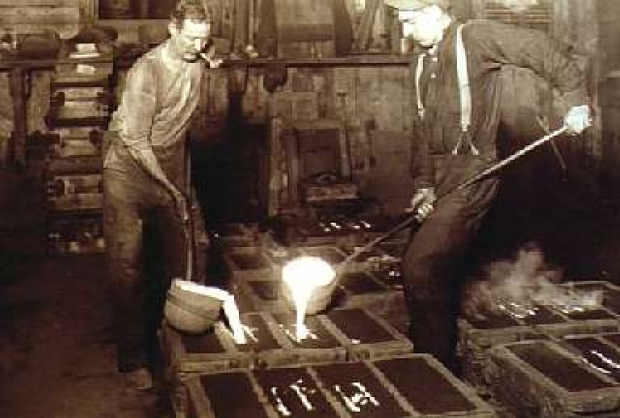According to the company’s cunning plan, it will commercialise its 8-nano process later this year. The 7-nano process will appear next year and 6-nano and will be ready in 2019.
Other plans including embedding MRAM memory into 18-nano FD-SOI as a technology that will produce low and middle-priced chips and is planning to complete a platform that will combine Radio Frequency function and embedded MRAM. All this will also be commercialised in 2020.
The roadmap was announced at the ‘Samsung Foundry Forum’ and follows the establishment of ‘Foundry Business Department’ during a reorganisation of Samsung Electronics.
Samsung Electronics introduced that 8-nano LPP (Low Power Plus), which will be commercialised this year and it is probably the last micro process that can be implemented through current immersion exposure apparatus.
The next thing is that Samsung will introduce EUV exposure gear. It is likely that 7-nano LPP, which is planned to be commercialised in 2018, will be the very first logic process that introduces EUV.
Samsung predicted that 6-nano LPP, which will be introduced in 2019, will be based on 7-nano process and will increase degree of integration and characteristic of low power.
The 5-nano LPP, which is planned to be commercialised in 2019 along with 6-nano LPP, will be the last micro process that can be implemented through FinFET.
President Kim Ki-nam of Samsung Electronics said that Gate All Around FET (GAAFET) structure, which is one step more advanced than FinFET, will be applied for the first time for 4-nano LPP which is planned to be commercialised in 2020.
Dubbed Multi Bridge Channel FET (MBCFET) the tech depends on the fact that the shape of the gate path where current flows changes from quadrilateral FinFET structure to a cylindrical structure.
Vice-President Yoon Jong-shik of Samsung Electronics Foundry Business Department said that roles of semiconductors are becoming bigger during ‘hyper-connected generation’ where every devices are connected”.
“As a foundry business that possesses roadmaps for extensive high-tech processes, we are going to provide optimum customised solutions by actively establishing partnership with our customers.”
Published in
PC Hardware
Samsung plans 4nm foundry for 2020
Commercialise 8nm this year and 7nm next year
Samsung Electronics has been showing off its roadmap for introduction of high-tech 4-nano system semiconductor foundry process in 2020.




